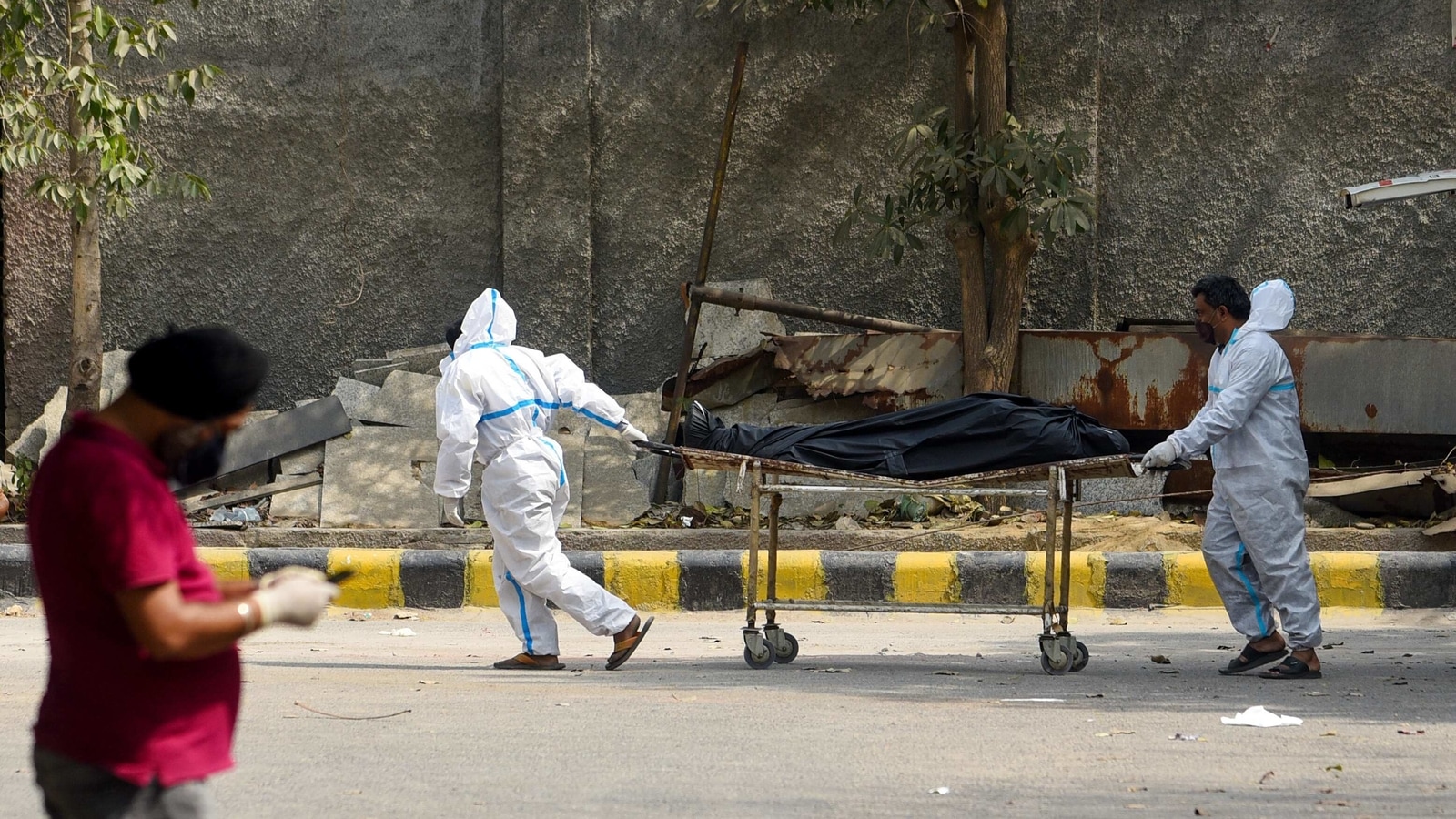
The so-called double-mutated coronavirus found in Maharashtra could become the most widespread of all mutant variants in India, according to genome sequencing data submitted by Indian scientists to a global database, according to a recent analysis that takes into account the moment they were detected.
The analysis shows for the first time how the detection of different variants of the coronavirus could have changed.
The double mutation virus – now classified as B.1.617 – was the most common in the sequenced samples in the previous 60 days on April 2 at 24%. The variant was first detected on October 5 and was relatively obscure until more and more samples began to appear, starting in January, the report on the situation in India showed on outbreak.info. As of April 1, it accounted for 80% of all genome sequences analyzed of the mutant variants sent by India to the global GISAID repository.
The second most common variant in the last 60 days was the British variant, or B.1.1.7, at 13% of the samples, according to the evaluation performed by the scientists from Scripps Research.
Both trends could be worrying for India and, at least to some extent, explain the outbreak pattern. B.1.617 was first found in a large number of samples in Maharashtra, the first hot spot region of the second wave of infections which, by 7 April, added more than half of the new cases recorded in the country.
Researchers at outbreak.info added that this data may not reflect true prevalence patterns. “SARS-CoV-2 sequencing (hCoV-19) is not a random sample of mutations. As a result, this report does not indicate the actual prevalence of mutations, but rather our best estimate now. ”
Data may also be distorted depending on whether all sequenced genomes have been loaded, although trends – in which B.1.617 has grown steadily compared to other variants between samples – support the overall pattern.
But a top official involved in coronavirus genome sequencing efforts in India said the findings were consistent with what they observed on the ground.
“Almost 60 to 80% of the samples in Maharashtra have the variant; the prevalence must be similar in Gujarat. Elsewhere, it is below 10-20%. Since it only existed in December, it is now found almost everywhere we look. We now have a separate column for each state’s variant, “said Anurag Agarwal, director of the Institute of Genomics and Integrative Biology, one of Insacog’s ten laboratories.
“We have a pretty good idea of which mutant variant is predominant where; but the important thing is that all this is growing “, he added.
“Variant B.1.617 is spread to the west in Maharashtra and Gujarat. Variant B.1.1.7 is widespread in the north in Punjab. In South India, the one with the N440K mutation is predominant, but it seems to be quiet. Eventually, one of the other options will get there. And, in the east, we do not have a special variant, but the South African variant is quite common in Bangladesh, causing almost 80% of cases, so it could pass to India. This will be annoying for the AstraZeneca vaccine. ”
The double mutation refers to specific changes, among others, which are noted by E484Q (glutamate is replaced by glutamine in place 484 of the spike protein) and L452R (substitution of leucine with arginine at position 452).
Both are being investigated because they have given the virus the ability to evade immunity from a past infection, even vaccines. L452R was also found in a widespread variant in California, USA, where it was involved in a major outbreak earlier this year. In an interview with HT on Wednesday, India’s chief scientific adviser, K Vijay Rajhavan, said B.1.617 could now be considered a “concern” or VOC.
The British variant, B.1.1.7, has been confirmed to be more transmissible and has been similarly involved in a large recurrence of cases in the UK.
A second scientist involved in the sequencing efforts said more evidence was needed to link the mutations to case trends. “The double mutant variant is growing in the country. But the increase in cases cannot be attributed only to mutant variants. Human behavior plays a very important role in transmission; in the UK, when the new variant started to spread a blockage controlled the spread “, said Dr. Rakesh Mishra, director, Center for Cellular and Molecular Biology (CCMB), one of the 10 laboratories in Insacog.
Dr. Saumitra Das, director of the National Institute of Biomedical Genomics – Kalyani, said: “We could not establish that the new variant is the reason for the faster spread of the infection during the second wave; it is people’s behavior. ”
The analysis, published on outbreak.info, also showed that a large number of B.1.617 samples were detected in West Bengal. The 117 B.1.617 samples from Bengal accounted for 9% of all genomes sequenced in the state so far. In Maharashtra, at 120, there were several samples, but they accounted for 6% of the 1,931 sequenced samples.
“To describe the prevalence of mutation sets in our mutation status reports, we rely on shared virus sequences from the GISAID Initiative. While we apply filters to remove some low quality sequences and unreasonable metadata, as described in our methods, we rely on the accuracy of the sequences and metadata sample submitted to GISAID, ”said the website outbreak.info.
In total, variant B.1.617 was found in 408 sequences sampled worldwide. Of these, 265 were found in India out of the 8,455 sequences analyzed in the outbreak.info report.
